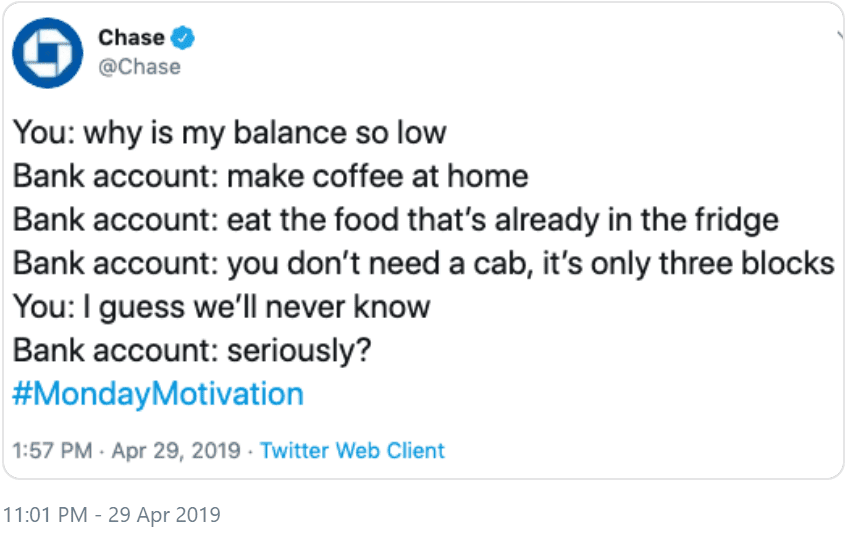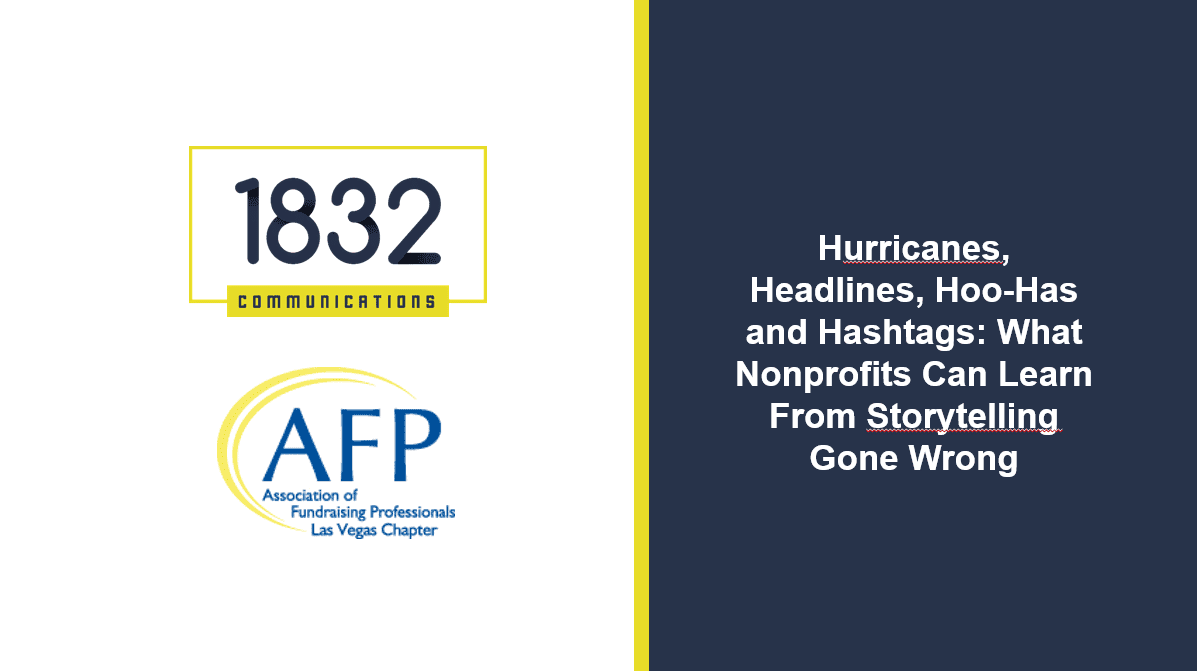Diversified portfolio isn’t just a term you’ll hear from your investment broker. It also applies to your fundraising.
Your fundraising portfolio should be diversified so you are reaching maximum donors in a variety of ways: Events, monthly giving, email donations, annual gifts, planned giving, foundations, corporate partnerships and more.
Your goal? Don’t be overly reliant on one channel. Consider what happened to organizations that leaned heavily on in person events for a good chunk of their annual revenue. Along comes corona and there goes that.
A diversified fundraising portfolio allows your nonprofit to weather a possible storm. Multiple revenue streams means you have numerous opportunities to build relationships with donors. You can offer them different options and allow them to make a decision.
However, when it comes to your organization’s social media presence, diversification is not a strategy you should be pursuing.

Photo by Piotr Cichosz on Unsplash
It Doesn’t End
Facebook. Twitter. Pinterest. YouTube. TikTok. Snapchat. LinkedIn. Instagram.
And on and on.
There are a ton of social media platforms you could be joining and posting content to. But does that mean you SHOULD?
Let’s consider time and peoplepower. It’s not just a matter of posting. Your organization has to have a strategy for each platform. You have to know in advance what content goes where, who to follow, how to engage your followers, when to post and more.
In addition to the time prep, someone has to be available to monitor mentions, answer any questions, comments or replies which come in after you post. Don’t forget monitoring keywords and phrases related to your mission.
Can your organization dedicate the hours needed to successfully build your brand on social? Do you have staff who can handle the job? It’s not just a “hit and run” type thing, where you post and then walk away.
It’s much more than that. And if you can’t allocate the proper resources for it, no one’s going to follow you. Which means no chances to build relationships with followers.
This idea that your charity has to be anywhere and everywhere is not only the opposite of strategic but it can potentially do more harm than good. People use social because it’s SOCIAL. If all you’re doing is broadcasting and not responding and engaging, you’re defeating the purpose.
And yes, I know the boss came charging into your office one day and said, “Everyone’s using TikTok. We have to be there as well!”
No. No you don’t.
Start Small, Then Grow
Two months ago I interviewed Josh Hirsch, social content marketing manager for Komen, on my podcast. I asked him about choosing which social media platforms to be active on.
“I always say do one or two channels really really well. Don’t worry about the others.
You need to know the channel, you need to know the tool and what works best for it to produce the right kind of content. Just taking a rubber stamp and saying here’s our tweet, here’s our Facebook post, here’s our Instagram post, here’s our post for LinkedIn, here’s our video for TikTok, it doesn’t work that way. You need to speak the right language for the right channel.”
#TeamJosh
Just because it exists is not a reason to join.
Instead, find the 2 platforms where your audience exists and is active. If you’re looking at older demographics, that might be Facebook and YouTube. Younger might be TikTok and Instagram. Know where they hang out. Then craft a content and engagement strategy to connect with them.
When you’re as big as Komen, you have a team of people who are posting content and engaging followers on numerous platforms.
But when you’re a solo or small shop, you don’t have that luxury. Odds are the fundraiser is also in charge of marketing and communications. And there’s zero chance they have the bandwidth to manage a presence on four social platforms.

Photo by Isaac Smith on Unsplash
Time To Grow
Just being on two platforms means investing time and effort building up a presence which your followers connect to. Doing that successfully will help your organization grow.
But it also has another purpose, especially for small shops: Proof of concept. You’ll be able to demonstrate to the powers that be how your social media presence drives eyeballs to your site, encourages people to take action, educates, builds brand awareness and of course raises much needed funds.
Doing all that gives you the opportunity to request additional peoplepower. More staff to engage more people on more platforms (assuming your audience is very spread out). You move the organization from scarcity mindset to growth mentality.
Start small. Prove your worth. Then grow.




